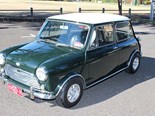Leyland Mini Clubman - Buyer's Guide
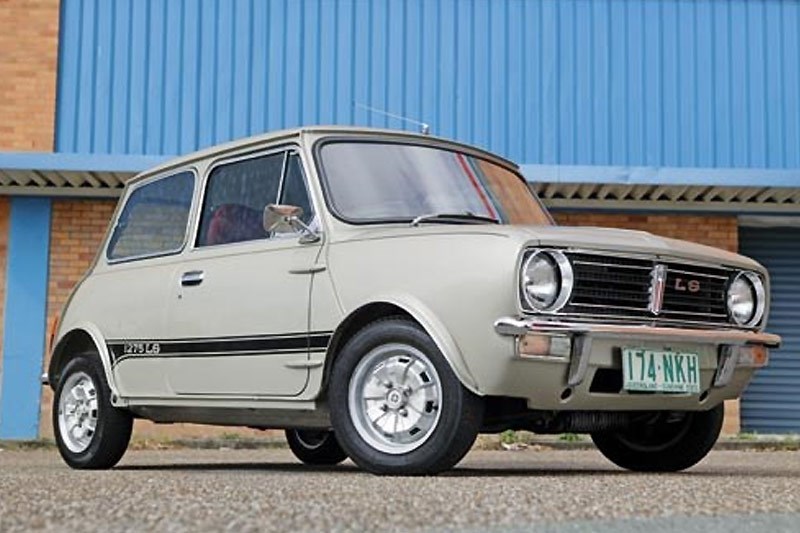

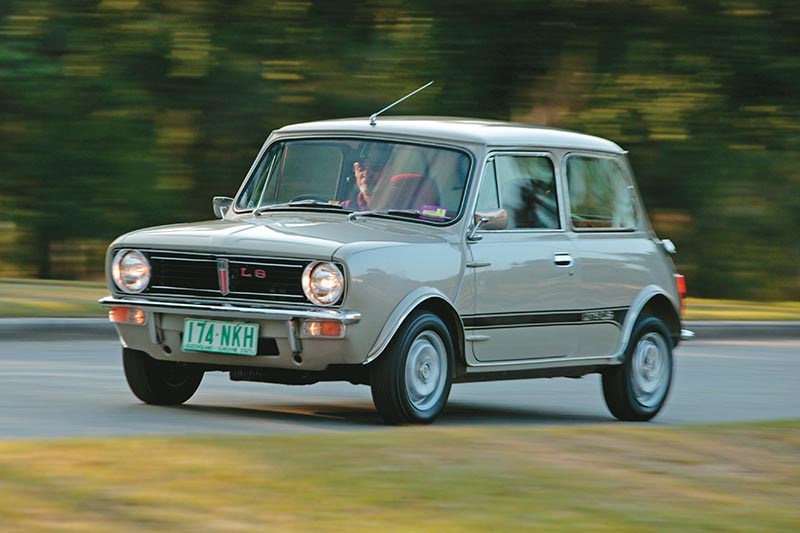



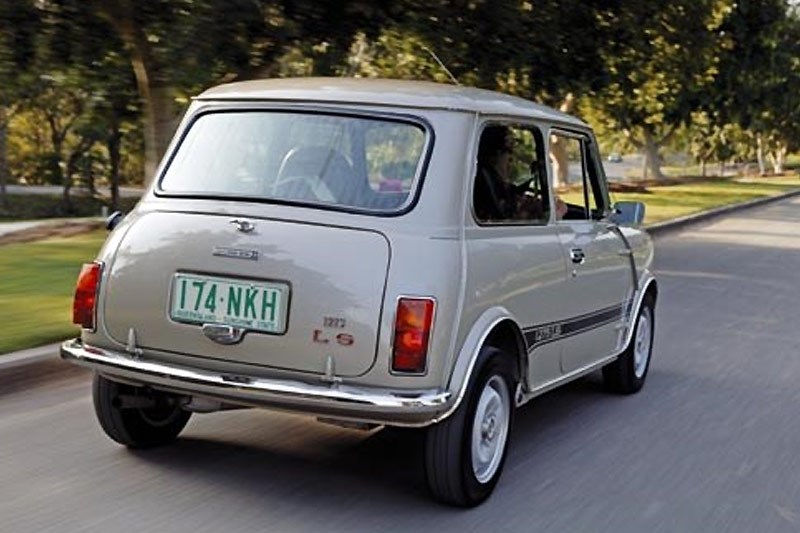

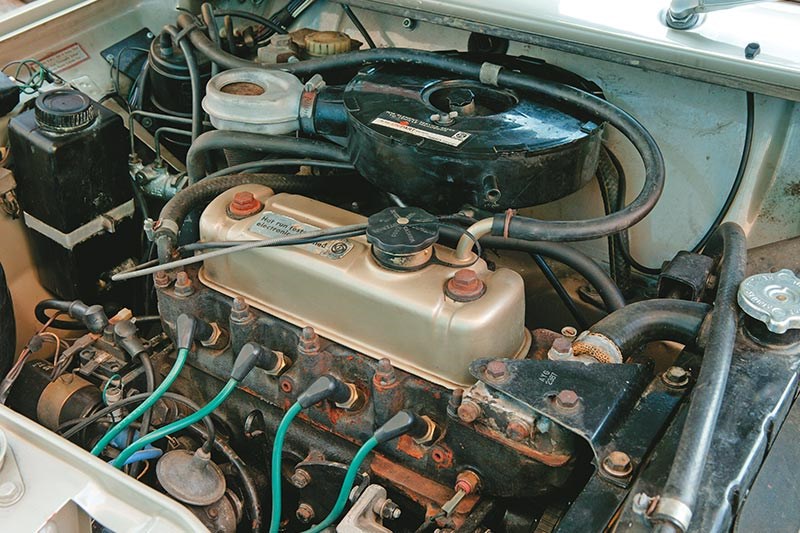


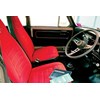
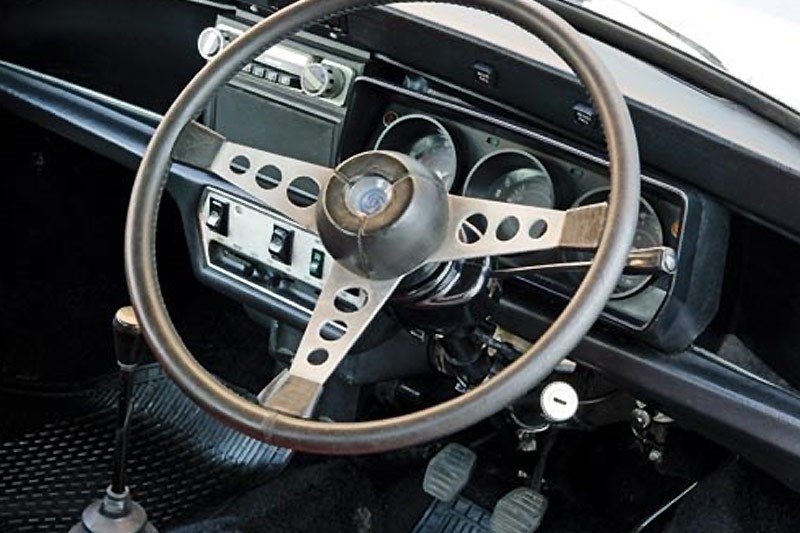


|

|

|

|

|

|

|
With the inital impact of the original Mini 'brick' lost in time, the Clubman just kept calm and carried on through the 70s
Leyland Mini Clubman
Australia’s infatuation with the Mini began in 1961 and lasted for almost 20 years. During the 1970s Australia built its own versions of the reshaped Mini Clubman and plenty remain available.
The square-edged nose provided extra underbonnet workspace and improved engine cooling. The Clubman was sold here as a sedan and also a useful panel van.
Leading Leyland’s local Clubman range, albeit briefly, was the 1275cc GT. As successor to the highly-regarded Cooper S, the GT provided a more comfortable and stylish interior but was heavier than a Mark 2 Cooper and slightly slower.

Sales were slow as well and in 1973 the GT was replaced by an ‘S’ version of the basic 1.1-litre model. Clubman S buyers would enjoy improved seat trim, uprated instrumentation and radial-ply tyres as standard.
| Read next: 1969 Morris Mini Cooper S review
Ditched in conjunction with the GT was the Hydrolastic suspension system used since 1962 on a variety of BMC models. Liable to leaks and component failure, Hydrolastic’s demise was mourned by very few Mini owners who welcomed a return to designer Issigonis’ preference for rubber cone suspension.
Financial troubles associated with the failed P76 project brought further downgrading. When Leyland’s huge Zetland plant was sold and production moved, the 1.1-litre engine was replaced by a 29kW, 1.0-litre unit. Disc brakes previously fitted to ‘S’ versions were replaced by all-wheel drums.

With the design heading for its 20th anniversary and Leyland in Britain committed to a new Metro model, the Clubman was ready for its swansong. After building 500 metallic blue SS cars with 1.0-litre engines during 1977, Leyland gave the model a fitting farewell in the form of an Australia-only 1275LS.
| Watch next: Twin-engined Mini reader build - video
Built in gold or silver metallic colours during late 1978, the LS had 12 inch diameter wheels and a 34-litre fuel tank.
Handling is the trait that makes a Mini worth owning. With just 2.3 turns lock-to-lock and ignoring that the oversized, factory stock steering wheel might be a bit cumbersome, these nimble cars can be flicked through tight bends with minimal effort.

Clubman values have climbed significantly during the past decade. In good condition, a 1.1-litre ‘S’ should cost $10,000-12,000 while top-quality cars have seen double those amounts.
LS1275 survivors have sometimes been modified but there are also neglected cars due to unavailable parts and high restoration costs. Very good cars achieve $20,000.
2019 VALUE RANGE MINI (Clubman S Sedan)
FAIR: $4500
GOOD: $12,000
EXCELLENT: $20,000
(Note: exceptional cars will demand more)
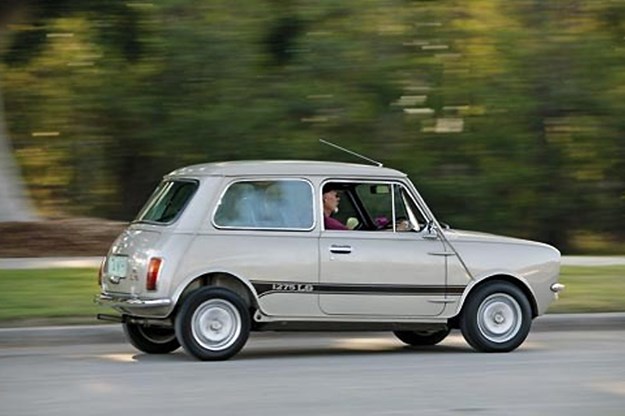
BUYER'S CHECKLIST
BODY & CHASSIS
Rust even where significant may not kill a Clubman. Repair panels are available to rectify rot or damage to almost any area of the body, however labour costs can make saving a seriously rusted car untenable. Look first at the floors, especially the boot and around the battery carrier, at the sub-frame mounts and front seat mounting points. Sills, door skins and door hinge boxes are other susceptible areas. If the interior smells musty, look under the floor matting or carpet for dampness. Damaged sills and floors can be cheaply replaced with new items. Good used bumpers are available for less than $150 but new ones cost close to $500 each.

ENGINE & TRANSMISSION
Everything needed to rebuild a Mini engine is available and relatively inexpensive. Smoke from the exhaust, bearing rumble when the engine is under load, misfiring and overheating are symptoms of an engine getting close to its use-by date. Even a motor in good condition can be damaged by a clogged radiator, so listen for bubbling after the engine is switched off. Clattering from the gearbox and difficult downchanges indicate a rebuild is imminent. A good-quality mineral Multi-grade oil will keep the engine and gearbox well lubricated.
SUSPENSION & BRAKES
Early Hydrolastic cars can suffer leaks from the displacers and replacements are difficult to find. If a pre-1975 Clubman sits low or is down on one side or corner, hydro problems are the likely culprit. Wear to the rear sub-frame mountings will create noise and in extreme cases generate alarming instability. Look for unusual wear patterns on the rear tyres. Squeaks or clunks from the front suspension point to worn ball-joints which cost less than $50 to replace. Brakes suffer glazed drums, warped or worn-out disc rotors and leaking wheel cylinders. Brake overhaul kits (excluding a replacement master cylinder) cost between $400 and $500.

INTERIOR & ELECTRICS
There isn’t much inside a Clubman that can go wrong, but make sure you do have a heater/demister and the fuel gauge works. They are notoriously inaccurate and can jumpfrom near empty to full when the lights are switched on. A replacement indicator stalk – which is easily broken – will cost around $150. Worn vinyl interiors are easily replaced with second-hand seats but LS trim is now unavailable. Velour from early SL/E Commodores is said to be a close match but this fabric is now also scarce.
1971-1979 Leyland Mini Clubman specs
NUMBER BUILT: 500,000 (approx) inc. 25,000 Australian cars
BODY: all-steel integrated body/chassis two-door sedan
ENGINE: 998, 1098 or 1275cc in-line four-cylinder with overhead valves and single downdraft carburettor
POWER & TORQUE: 37kW @ 5100rpm, 81Nm @ 2500rpm
(1973 model 1098)
PERFORMANCE: 0-100km/h
22.3 seconds, 0-400 metres
22 seconds (1098)
TRANSMISSION: four-speed manual
SUSPENSION: Independent with locating arms, rubber cone springing and telescopic shock absorbers (f) Independent with trailing links, rubber cone springing and telescopic shock absorbers (r) (1974-79 models)
BRAKES: drum/drum or
disc/drum unassisted
TYRES: 145SR10 radial or 520x10 crossply
Unique Cars magazine Value Guides
Sell your car for free right here
Get your monthly fix of news, reviews and stories on the greatest cars and minds in the automotive world.
Subscribe

.jpg)












